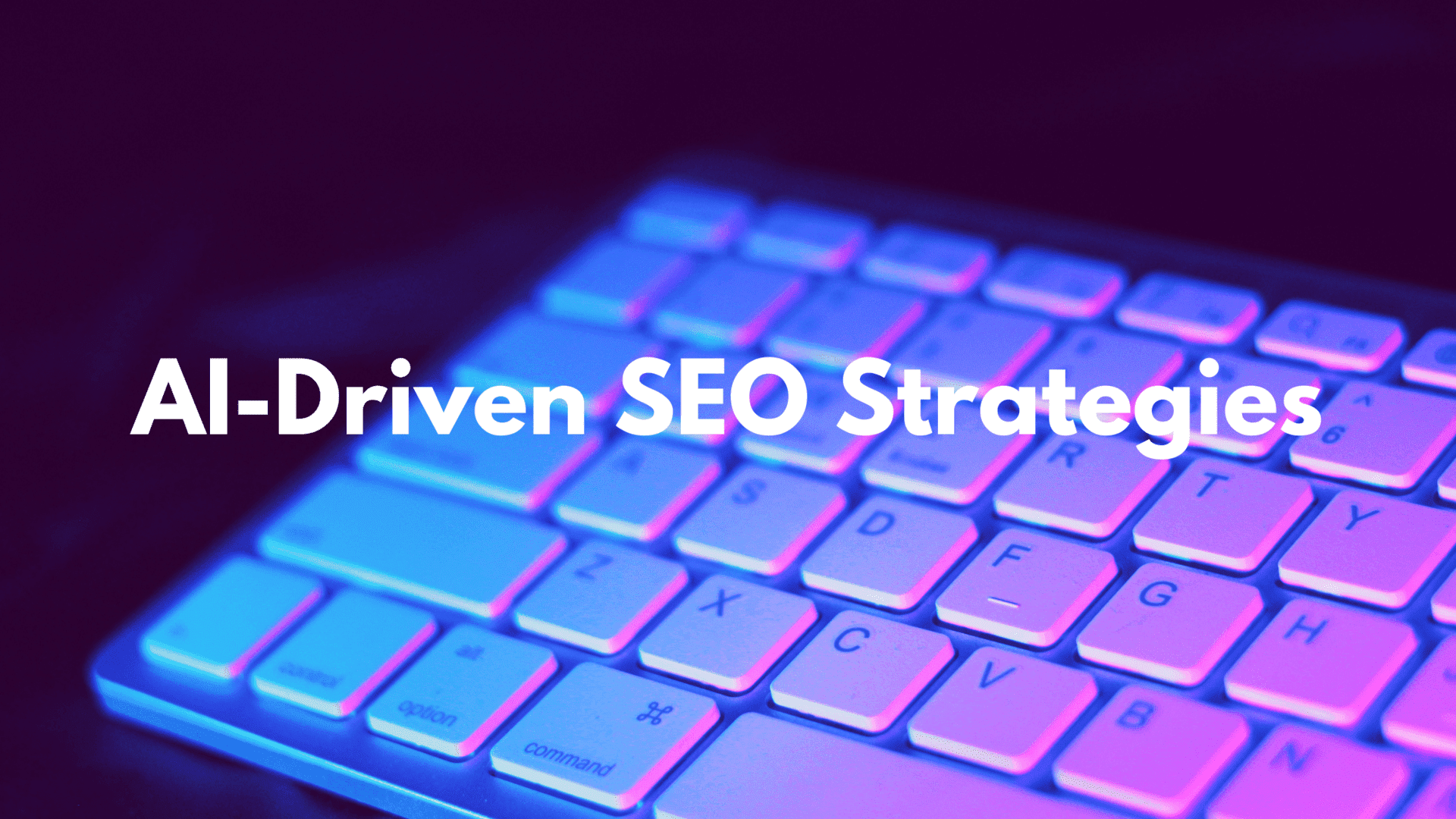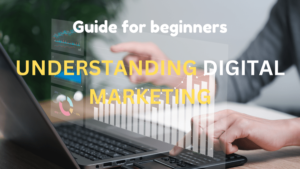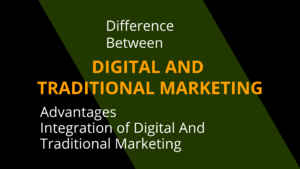Discover how AI-Driven SEO strategies can transform your website’s ranking. Learn to focus on understanding user intent, optimizing keywords, and more. This article breaks down the process into five simple steps, with real-world case study examples to guide you through improving your website’s ranking effectively.
Introduction to AI-Driven SEO Strategies
Unlocking the fundamentals of user intent, keyword optimization, and more through AI-driven strategies.
Importance of SEO in Today’s Digital Landscape
Search Engine Optimization (SEO) is essential for improving online visibility and attracting organic traffic. Effective SEO practices help businesses reach their target audience, increase brand awareness, and drive sales.
Challenges of Traditional SEO Tactics
Traditional SEO methods often need to help with the dynamic nature of search algorithms and user behaviors. They require frequent updates and manual effort, making it difficult consistently to maintain high search engine rankings.
Introduction of AI-Driven SEO Strategies as a Game-Changer for SEO
Artificial Intelligence (AI) is revolutionizing SEO by offering advanced tools and techniques to better understand and adapt to user behaviors. AI-driven SEO strategies provide automation, precision, and efficiency, leading to improved search engine performance.
Here we have 5 simple steps to create an artificial intelligence-offered search engine optimization (SEO) tactics
- Understanding User Intent with AI
- Optimizing Content for Search Engines and Users
- Building Authority with AI-Driven Backlink Building
- AI’s Impact Beyond Content: Technical SEO
- AI as a Tool, Not a Replacement
Step 1. Understanding User Intent with AI
The Role of User Intent in SEO Success
User intent refers to the purpose behind a user’s search query. Understanding user intent is crucial for creating content that meets users’ needs and improves SEO performance.
How AI Analyzes Search Data to Uncover User Intent
AI technologies analyze large datasets of search queries to identify patterns and trends, revealing the underlying user intent. This enables businesses to tailor their content to better match what users are searching for.
Uncovering Long-Tail Keywords with AI
Long-tail keywords are specific phrases that users search for, which often have less competition and higher conversion rates. AI tools can identify these keywords by analyzing search data, providing valuable insights for content creation.
Tailoring Content Strategy to User Needs and Questions
By understanding user intent through AI analysis, businesses can create content that directly addresses users’ questions and needs, leading to higher engagement and improved SEO performance.
Step 2. Optimizing Content for Search Engines and Users
Balancing Search Engine Optimization with User Experience
Successful SEO requires balancing keyword optimization with a positive user experience. AI tools help achieve this balance by analyzing content structure, readability, and relevance.
Using AI for Keyword Optimization
AI-driven tools identify high-performing keywords and suggest related LSI keywords to enhance content relevance. This ensures that keywords are integrated naturally and effectively.
Identifying High-Performing Keywords
AI tools analyze search trends and competitor performance to identify high-volume, low-competition keywords. This helps businesses target keywords that are more likely to drive significant traffic.
Integrating LSI Keywords Naturally
Latent Semantic Indexing (LSI) keywords are related terms that help search engines understand the context of content. AI tools suggest these keywords and provide insights on how to integrate them naturally.
Optimizing Content Structure and Readability with AI Analysis
AI tools analyze content structure and readability, providing recommendations to enhance user engagement. This includes suggestions for headings, paragraphs, and multimedia elements.
Step 3. Building Authority with AI-Driven Backlink Building
The Significance of Backlinks in Search Engine Ranking
Backlinks are critical for SEO as they signal to search engines that a website is credible and authoritative. Quality backlinks from reputable sites can significantly boost search engine rankings.
Traditional Backlink Building Methods vs. AI-Driven Approach
Traditional backlink building involves manual outreach, which can be time-consuming. AI-driven approaches automate the process, making it more efficient and effective.
Using AI to Identify Link-Building Opportunities
AI tools analyze competitor backlinks and industry trends to identify potential link-building opportunities. This helps businesses find high-authority sites for backlink opportunities.
Leveraging AI for Content Gap Analysis to Attract Backlinks
AI performs content gap analysis by identifying topics competitors cover that you still need to. Creating content around these gaps can attract backlinks from sites looking for comprehensive resources.
Step 4. AI’s Impact Beyond Content: Technical SEO
The Importance of Technical SEO for Website Ranking
Technical SEO involves optimizing the technical aspects of a website to improve its visibility and ranking. This includes site speed, mobile-friendliness, and secure connections.
Tasks AI Can Handle in Technical SEO
AI can automate various technical SEO tasks, improving efficiency. This includes broken link detection, schema markup optimization, and more.
Broken Link Detection and Repair
AI tools scan a website for broken links and provide recommendations for fixing them, ensuring a smooth user experience and preventing search engine penalties.
Schema Markup Optimization
Schema markup helps search engines understand the content of a webpage better. AI tools can suggest and implement schema markup, improving the chances of appearing in rich snippets.
Step 5. AI as a Tool, Not a Replacement
Importance of Human Expertise Alongside AI
While AI offers powerful tools and insights, human expertise is essential for strategic decision-making and creative content creation. Combining AI with human skills leads to the best SEO results.
Using AI to Streamline Tasks and Gain Insights
AI automates repetitive tasks and provides valuable insights, freeing up time for SEO professionals to focus on strategy and creative work, and enhancing overall efficiency.
Focusing Human Creativity on Content and Brand Voice
AI handles data analysis and optimization, allowing humans to focus on creating engaging content that aligns with the brand voice and resonates with the audience.
Conclusion
Recap of the Benefits of AI-Driven SEO Strategies
AI-driven SEO strategies offer numerous benefits, including a better understanding of user intent, efficient keyword optimization, enhanced content structure, and effective backlink building. These strategies help achieve higher search engine rankings and better user engagement.
Call to Action: Implement AI-Driven SEO Strategies to Achieve SEO Success
To stay competitive in the evolving digital landscape, businesses should embrace AI-driven SEO strategies. Implementing these strategies will lead to improved SEO performance and sustainable growth.
Real-World Case Study: Local Business Example
Case Study: GreenLeaf Organic Market
Greenleaf Organic Market, a local organic grocery store, implemented AI-driven SEO strategies to improve its online visibility. By using AI tools to analyze user intent, Greenleaf identified long-tail keywords related to organic produce and tailored its content accordingly. The store also leveraged AI for keyword optimization and backlink building, attracting links from local health blogs and organic farming websites. As a result, GreenLeaf saw a 50% increase in organic traffic and a significant improvement in search engine rankings within six months. This case study highlights the effectiveness of AI-driven SEO strategies for local businesses aiming to enhance their online presence.




